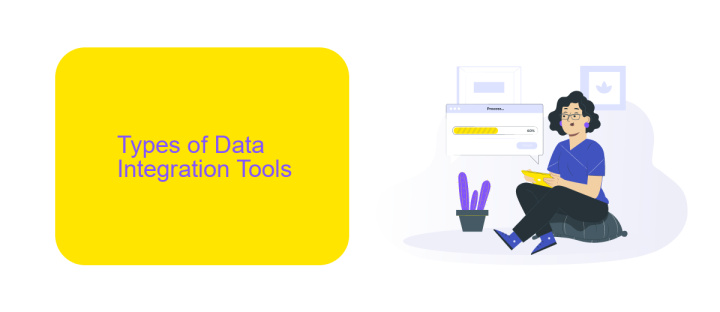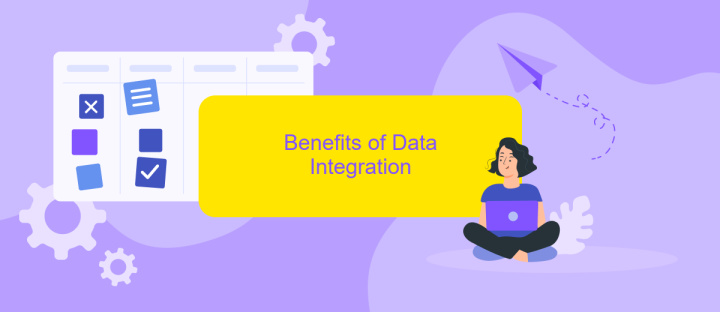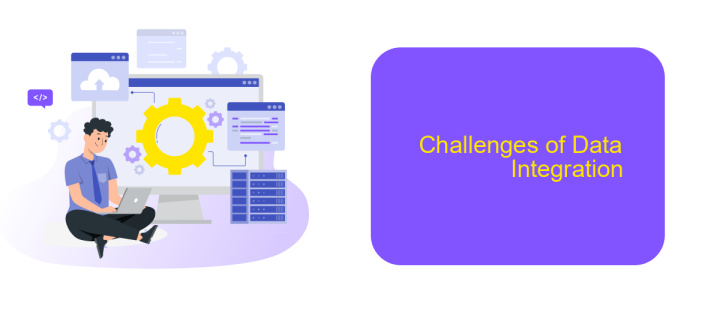Data Integration Books
In today's data-driven world, seamless data integration is crucial for businesses aiming to leverage diverse data sources effectively. Whether you're a seasoned data professional or a newcomer, the right books can provide invaluable insights and practical techniques. This article explores some of the best data integration books available, offering guidance to enhance your data management and integration skills.
Introduction to Data Integration
Data integration is a critical process for organizations aiming to consolidate information from various sources into a unified view. This enables better decision-making, improves operational efficiency, and provides comprehensive insights. The process involves combining data from different databases, applications, and systems, ensuring that it is accurate, consistent, and accessible.
- Data extraction from multiple sources
- Data transformation to ensure consistency
- Data loading into a central repository
- Data synchronization and updating
- Ensuring data security and compliance
Tools like ApiX-Drive play a pivotal role in simplifying data integration. ApiX-Drive offers a user-friendly interface to set up automated workflows, connecting various applications without the need for extensive coding. This service helps businesses save time and resources by streamlining the integration process, ensuring that data flows seamlessly across systems.
Types of Data Integration Tools

Data integration tools come in various types, each designed to address specific needs and scenarios. ETL (Extract, Transform, Load) tools are commonly used to extract data from various sources, transform it into a suitable format, and load it into a target data warehouse or database. These tools are essential for organizations looking to consolidate data from disparate systems into a unified repository. Examples include Talend, Informatica, and Microsoft SQL Server Integration Services (SSIS).
Another type of data integration tool is the iPaaS (Integration Platform as a Service), which offers cloud-based solutions for integrating various applications and data sources. These platforms are particularly useful for real-time data integration and can handle complex workflows. ApiX-Drive is a notable example of an iPaaS tool that simplifies the process of connecting different applications and automating data flows without requiring extensive coding knowledge. Additionally, there are data virtualization tools that allow users to access and query data from multiple sources without physically moving it, enhancing flexibility and reducing storage costs.
Benefits of Data Integration

Data integration is a crucial aspect of modern business operations, enabling organizations to consolidate information from various sources into a unified view. This process offers numerous advantages that can significantly enhance efficiency and decision-making.
- Improved Data Accuracy: By integrating data from multiple sources, businesses can eliminate redundancies and discrepancies, leading to more accurate and reliable information.
- Enhanced Collaboration: Data integration facilitates seamless sharing of information across different departments, promoting better collaboration and a more cohesive work environment.
- Streamlined Processes: Automated data integration tools, such as ApiX-Drive, simplify the process of connecting various applications and services, saving time and reducing the risk of human error.
- Better Decision-Making: With a comprehensive view of integrated data, organizations can make more informed decisions, driving strategic initiatives and improving overall performance.
Incorporating data integration into your business strategy not only optimizes operational efficiency but also provides a competitive edge. Utilizing services like ApiX-Drive can further enhance this process by offering easy-to-use integration solutions tailored to your specific needs.
Challenges of Data Integration

Data integration presents numerous challenges that can complicate the process of combining data from different sources into a unified view. One of the primary issues is data inconsistency, where data from various sources may have different formats, structures, or even conflicting information. This can lead to difficulties in ensuring data accuracy and reliability.
Another significant challenge is data security and privacy. Integrating data from multiple sources can expose sensitive information to potential breaches, making it crucial to implement robust security measures. Additionally, managing data from disparate systems often requires dealing with different compliance standards and regulations, adding another layer of complexity.
- Data inconsistency and conflict resolution
- Ensuring data security and privacy
- Handling different compliance standards
- Scalability and performance issues
- Integration tool compatibility
Tools like ApiX-Drive can help mitigate some of these challenges by offering seamless integration solutions that automate data synchronization across various platforms. By using such services, organizations can streamline their data integration processes, ensuring more consistent and secure data management. However, it is essential to evaluate these tools carefully to ensure they meet the specific needs and compliance requirements of the organization.
- Automate the work of an online store or landing
- Empower through integration
- Don't spend money on programmers and integrators
- Save time by automating routine tasks
Best Practices for Data Integration
Effective data integration begins with a clear understanding of your data sources and objectives. Establishing a robust data governance framework ensures that data quality is maintained, and compliance requirements are met. Utilize ETL (Extract, Transform, Load) processes to streamline data flow, and employ data mapping techniques to ensure consistency across different systems. Regularly monitor and audit data integration processes to identify and rectify any discrepancies promptly.
Leveraging automation tools like ApiX-Drive can significantly enhance the efficiency of your data integration efforts. ApiX-Drive facilitates seamless data transfers between various applications, reducing manual intervention and the risk of errors. It's crucial to maintain comprehensive documentation of your integration workflows and configurations to facilitate troubleshooting and future updates. Additionally, ensure that your integration solutions are scalable to accommodate growing data volumes and evolving business needs.
FAQ
What are some essential books for learning data integration?
How can I keep my data integration processes up to date with the latest technologies?
What are the common challenges faced in data integration?
Are there any online resources or communities for data integration professionals?
How do I choose the right data integration tool for my needs?
Time is the most valuable resource for business today. Almost half of it is wasted on routine tasks. Your employees are constantly forced to perform monotonous tasks that are difficult to classify as important and specialized. You can leave everything as it is by hiring additional employees, or you can automate most of the business processes using the ApiX-Drive online connector to get rid of unnecessary time and money expenses once and for all. The choice is yours!


